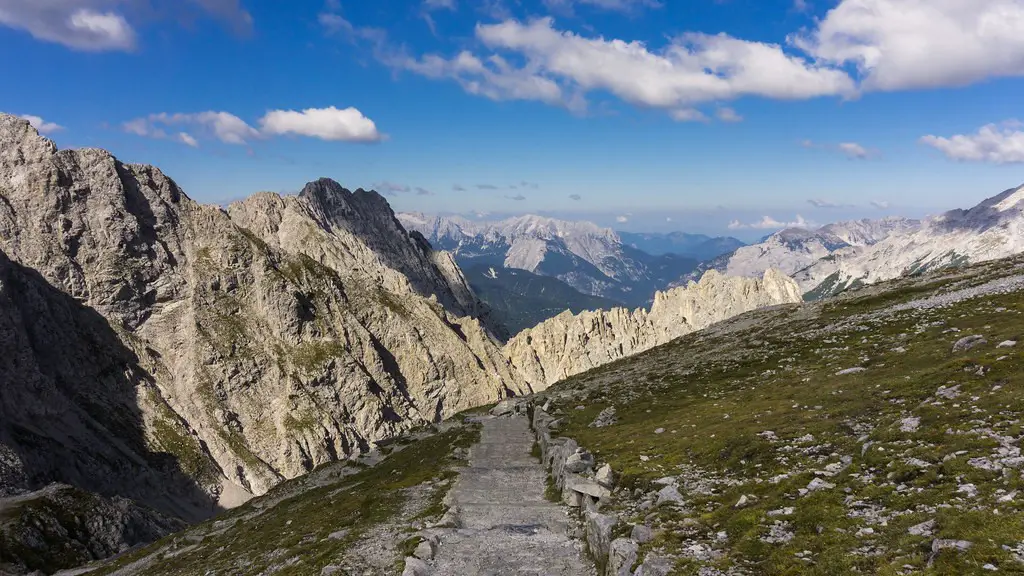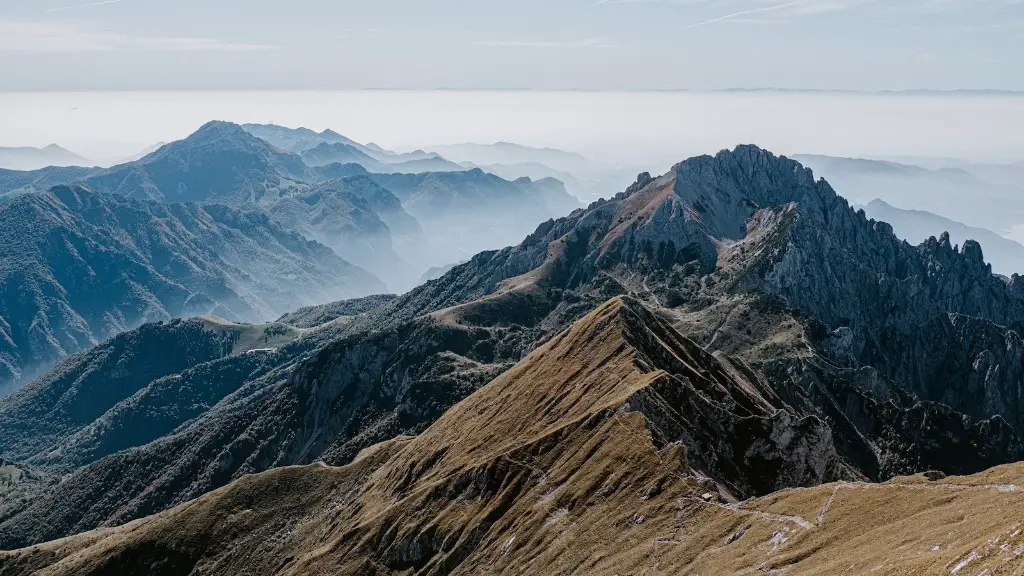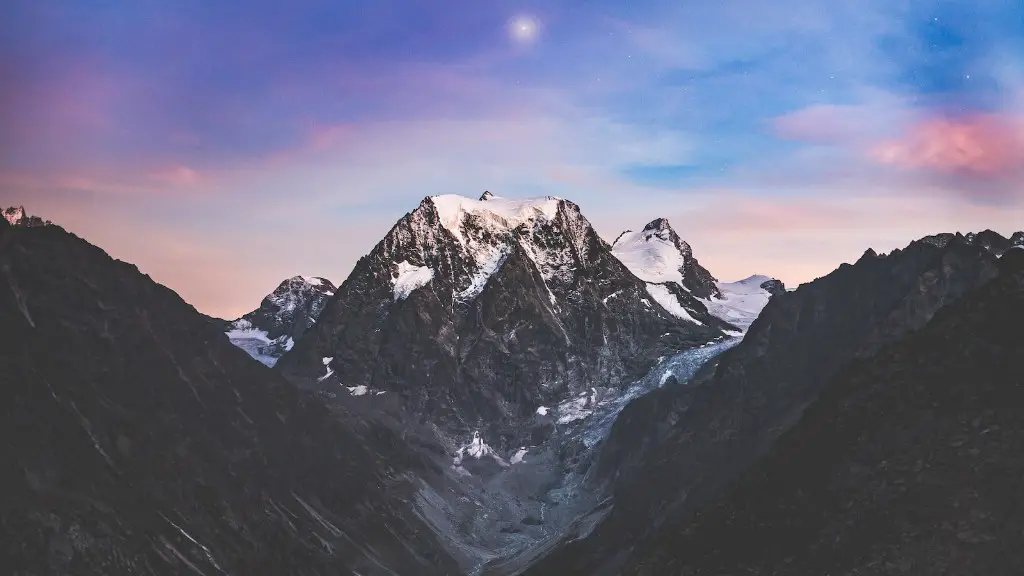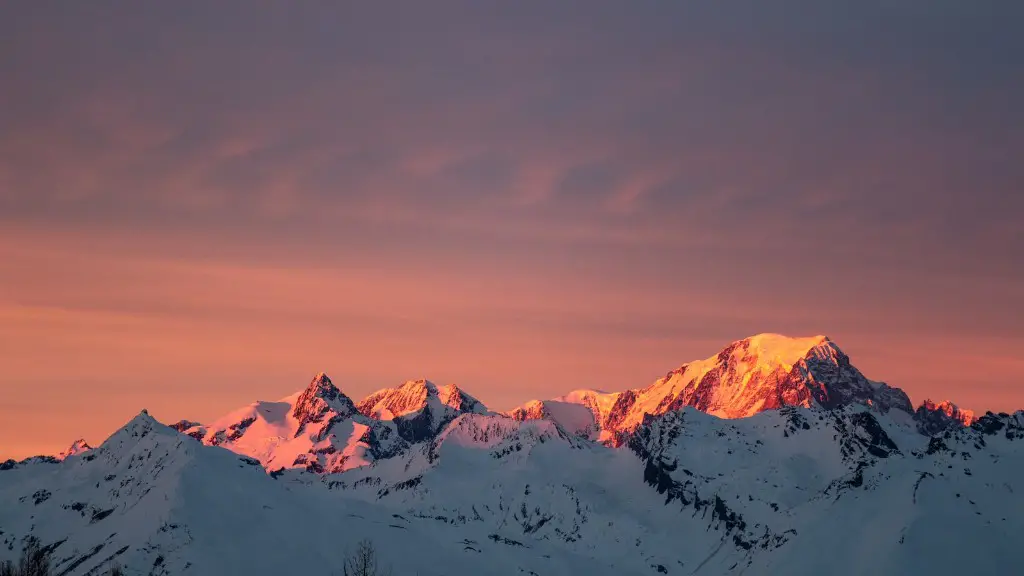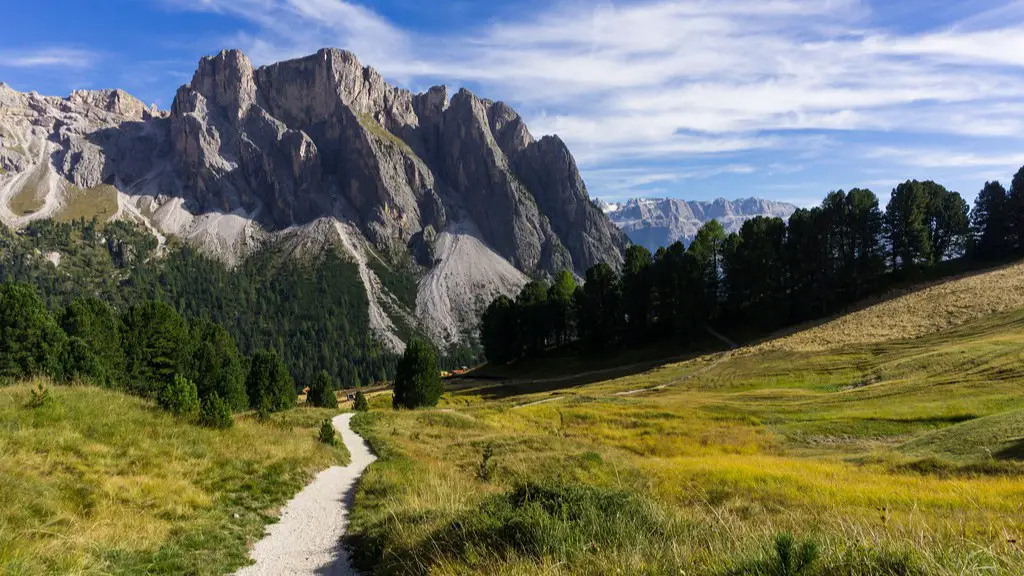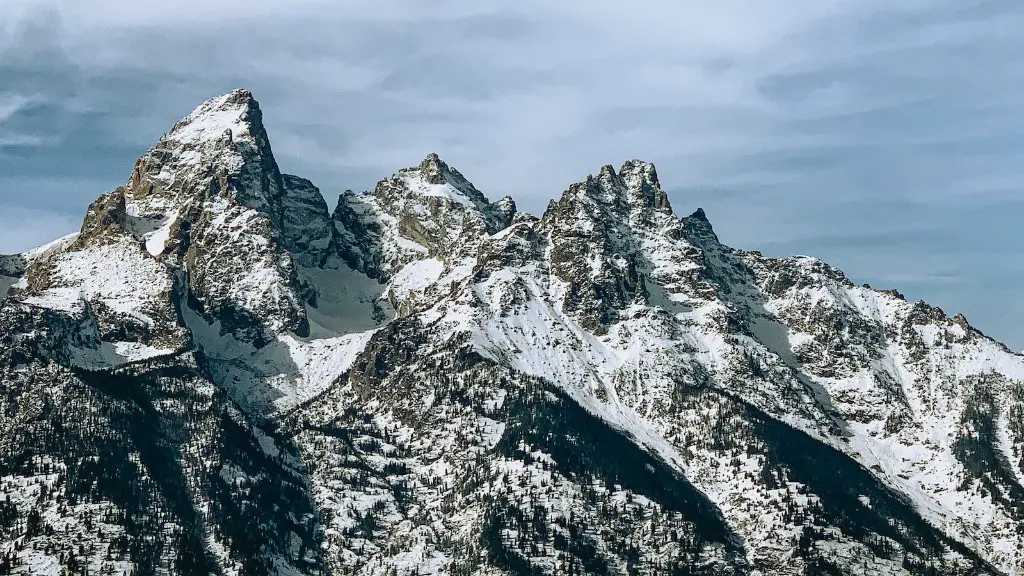Mount Kilimanjaro is the tallest mountain in Africa, and one of the most popular mountains to climb in the world. Many people choose to climb Mount Kilimanjaro as a bucket-list item, or to raise money for charity. The best time to climb Mount Kilimanjaro is typically between January and March, or June and October. The weather during these months is typically dry and not too hot or cold. However, you can climb Mount Kilimanjaro during any time of year – you just need to be prepared for different conditions.
The optimal time to climb Mount Kilimanjaro is during the dry season, which typically runs from late June to early October. However, it is possible to climb the mountain at any time of year.
Can beginners climb Kilimanjaro?
Mt. Kilimanjaro is one of the most popular tourist destinations in Africa. Every year, thousands of people flock to the mountain to get a glimpse of its stunning beauty. But can beginners really climb Kilimanjaro?
The answer is yes, but it is important to be fully aware of the conditions, seasonal climates, costs, and requirements before embarking on this challenge. If you are not properly prepared, your climb could end in disaster.
Here are some tips to help you prepare for a successful climb:
1. Choose the right time of year to climb. The best time to climb Kilimanjaro is during the dry season, which runs from late June to early October. Avoid the wet season (March to May) and the rainy season (November to February) when conditions on the mountain are more treacherous.
2. Acclimatize to the altitude. Kilimanjaro is one of the highest mountains in the world, so it is important to slowly acclimatize your body to the altitude. Spend a few days in Tanzania before your climb, and hike to higher altitudes to get your body used to the thin air.
3. Hire a reputable guide. Unless you are
The average cost to climb Kilimanjaro is $2000 to $6000, the price varies from cheap, budget operators to large Western travel agents selling outsourced climbs at an inflated price. There are various, unavoidable fixed costs to any tour operator and if a climb seems too cheap, you’ve got to ask yourself why.
The main cost is the park fee, which is currently $850 per person. Other costs include transport to and from the mountain, food and drink, equipment, guides and porters.
A cheap, budget operator may cut corners on some of these costs, which could impact your safety and enjoyment of the climb. It’s important to do your research and choose a reputable operator who will look after you and give you the best chance of summiting.
How many days does it take to climb Kilimanjaro
It is important to note that it takes five to nine days to summit Mount Kilimanjaro and then descend back to the base. The more days that are spent on the mountain, the more likely it is that you will be successful in summiting. This is because you will have more time to acclimatise to the altitude and will be less fatigued.
If you are planning to climb Mount Kilimanjaro, be aware that it is a fair difficult mountain to climb. With more than 50% of the climbers suffering from mountain sickness, Kilimanjaro is an extreme altitude mountain trek. Measuring 19,341 feet, or 5,895 meters, you will need to prepare well and train before attempting to climb Kili.
Is Everest or Kilimanjaro harder?
Kilimanjaro is definitely the harder of the two treks. The main reason for this is summit night. It’s a biggie. The feeling among most people is that the aspects of the Everest Base Camp trek that are harder than Kilimanjaro don’t make up for the fact that Kilimanjaro is overall more difficult.
Climbing Mount Kilimanjaro is a significant challenge due to its altitude. However, climbers do not need supplemental oxygen to reach the summit. The key is to use the acclimatization method of walking slowly (“pole pole”) and climb high during the day, but sleep at a lower altitude at night.
How far do you walk each day on Kilimanjaro?
It is possible to hike the entire mountain in one day, but it is extremely strenuous. The full day is 12 – 14 hours of trekking and covers 112 miles/ 181km. You will gain 1,245m/ 4,084 feet of elevation from Barafu or 1,095m/ 3,592 feet of elevation from Kosovo Camp to the summit. Then, you have 2,795m/ 9,169 feet of downhill hiking all in the same day.
No special skills are required for the climb, but extensive hill-walking or aerobic exercise is necessary to enjoy the walk. If you’re not currently in good shape, it may take months of training to get to a suitable level of fitness to make the climb.
Do you have to be fit to climb Kilimanjaro
You want to be in good physical shape to climb Kilimanjaro, but there’s no need to be super-fit This is a trek, not a climb after all, and if you can run for 30 minutes two to three times a week, and enjoy an all day hike at weekends, you should be fine That said, many people do underestimate Kili.
I think that Mount Kilimanjaro is definitely worth it for the experience. Even though the success rate is only around 66%, I believe that the experience is worth the effort. I also think that the ones we all think would do the best (young males between 20 and 30) don’t necessarily have the highest success rate. I think that anyone who is considering climbing Mount Kilimanjaro should go for it!
What is the success rate of Kilimanjaro?
Mt Kilimanjaro is one of the most popular mountains in the world and approximately 50,000 trekkers try to reach the summit every year. The average summit success rate across all climbers and routes is 65%. The Climb Kilimanjaro Guide published research showing that the success rate may be higher or lower depending on the route chosen.
The temperatures on Mount Kilimanjaro are determined more by the altitude and time of day than by the season. At the base of the mountain, the average temperature is around 21 to 27 °C and at the summit, Uhuru Peak, the night time temperatures can range between 20 and -20 degrees Fahrenheit (-7 to -29 degrees Celsius).
Can a normal person climb Kilimanjaro
Kilimanjaro is one of the Seven Summits, and is definitely a challenging climb. However, for the average person, it is definitely attainable. You don’t need to be particularly fit (indeed, being too fit can be detrimental), and you do not need any technical climbing skills. With the right preparation, equipment, and guide, anyone can successfully summit Kilimanjaro.
It is estimated that 10 climbers die on Mount Kilimanjaro every year, though the actual number is likely to be much higher. The main reason why climbers do not reach the summit is altitude sickness, also known as acute mountain sickness (AMS), caused by the high elevation. AMS can cause severe symptoms including headaches, nausea, vomiting, and even death.
Can Kilimanjaro be climbed in a day?
The minimum amount of time it takes to climb Mount Kilimanjaro is five days. However, a minimum of six days, and ideally seven or eight, offers a far better chance of reaching the top. For those with longer to spare, there are several more gradual and scenic ascent routes that can be done over 10 or more days.
There are two main reasons people don’t make it to the summit of Mount Kilimanjaro: not spending enough time to acclimatize to the lack of oxygen, and once you cross the altitude of 18,000 feet, you enter the lower realm of the death zone.
Lack of oxygen is the main issue at high altitudes, and it can cause all sorts of problems, from sleep deprivation and headaches to vomiting and nausea. The body needs time to adjust to the Thin Air, and that’s why it’s so important to spend a few days acclimatizing before attempting to summit.
The death zone is the other major problem. This is the area above 18,000 feet, where the air is so thin that it’s not able to support human life. This is where most of the deaths on Mount Kilimanjaro occur, as people succumb to altitude sickness, exposure, or simply running out of energy.
So, if you’re planning on summiting Mount Kilimanjaro, make sure you give yourself plenty of time to acclimatize, and be prepared for the challenges of the death zone.
Conclusion
There is no one answer to this question as it depends on a number of factors, including your level of fitness, the time of year, and the weather conditions. However, as a general rule, the best time to climb Mount Kilimanjaro is between December and February, when the weather is generally dry and cool.
There are a number of factors to consider when deciding when to climb Mount Kilimanjaro, including the weather, your fitness level, and your availability. The best time of year to climb Mount Kilimanjaro is during the dry season, which runs from late June to early September. This is also the busiest time of year on the mountain, so you’ll need to book your trip well in advance. If you’re not a experienced hiker, you may want to consider hiring a guide to help you reach the summit. No matter when you choose to climb Mount Kilimanjaro, it’s sure to be an unforgettable experience.
